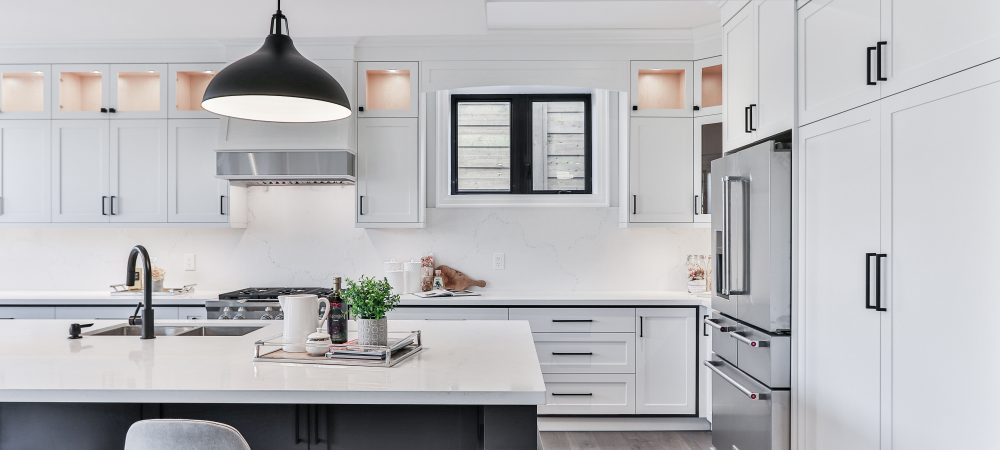Utilizing the right plumbing valve is just as important as appropriate piping for the plumbing system. Within a property, you can have water-connected fixtures for a multitude of functions.
Given different valves work in dissimilar ways, you’ll want to have the correct option for the context, and it should be made from suitable materials for the environmental conditions, including the liquid or gas you’re dealing with.
Moreover, local building codes may specify the kind you need to install. Gate and globe valves are the most widely used, but there are several other common valve types that you need to know.
1. BALL VALVES
Durable and sturdy, ball valves feature a hollow sphere with two apertures facing each other. These are typically made from brass, chrome-plated brass, or stainless steel. When the handle is in the open position, it runs parallel to the pipe and the openings, allowing water to pass through. In the shut position, the handle is at right angles.
The sphere is turned so its openings are also perpendicular to the pipe, closing the section to flow. One potential limitation of these is whilst you can leave it half-open, this can lead to excessive force against the components and damage the part. However, they offer rapid switch-offs, which can be helpful in emergencies.
2. GATE VALVES
Gate valves are operated with a handwheel, which you turn to raise or lower the interior gateway. In the open position, liquids flow through. When the gateway is fully lowered, is completely sealed.
While you can control the position of the opening incrementally, this type is best for open-shut applications. This is due to the fact they can become damaged when left half-open. One significant advantage of this design is the gradual opening and shutting eliminates the risk of hammering.
3. GLOBE VALVES
Globe valves are suitable for managing the volume of flow, as opposed to open-shut purposes. These are controlled using a wheel-shaped handle, and turning it makes the stopper seal shut a baffle.
Even in the open position, the passage of liquids (or gases) is associated with lower pressure thanks to the baffle. The design prevents hammering when shutting down.
4. CHECK VALVES
Check valves are a specialist component utilized to direct water in one direction only or to prevent passage in the opposite direction. As self-activating fittings, these don’t have control handles, so they can’t be used to shut off or turn on pipes manually.
A common example is a back-flow preventer, which is incorporated into garden equipment like sprinklers. Other potential uses include the protection of pumps or preventing backflow from compressors in gas systems. However, note stop-check valves are an exception to the rule, as these do have a control lever for shutting off all flow.
5. PRESSURE-REDUCING VALVES
Instead of providing an on-off mechanism, a pressure-reducing valve helps to reduce overall pressure. By adjusting the spring and diaphragm, you can prevent overpressure, which can be crucial if it’s high enough to cause damage to the piping or individual appliances such as shower valves.
In addition to extending the life of your fixtures, you could also end up saving on your bills due to the lower velocity and heating costs. These can minimize the risk of leaks and incidences of hammering.
FINAL REMARKS
Knowing the right variety is the first step to choosing a valve. Review the application as you consider other issues like materials of construction and performance requirements. Materials must be appropriate for the substances to be carried.
A plastic option might be better for pipes that need to transport harsh chemicals. Response times, such as quickness to open or shut, is another crucial factor.
Finally, the frequency of replacement and maintenance are other factors to weigh up when making a selection. With the right parts, you can set the foundation for a more stable, reliable plumbing infrastructure with a longer effective life cycle. If you need a hand with plumbing, get in touch with Ashbury Plumbing today.

